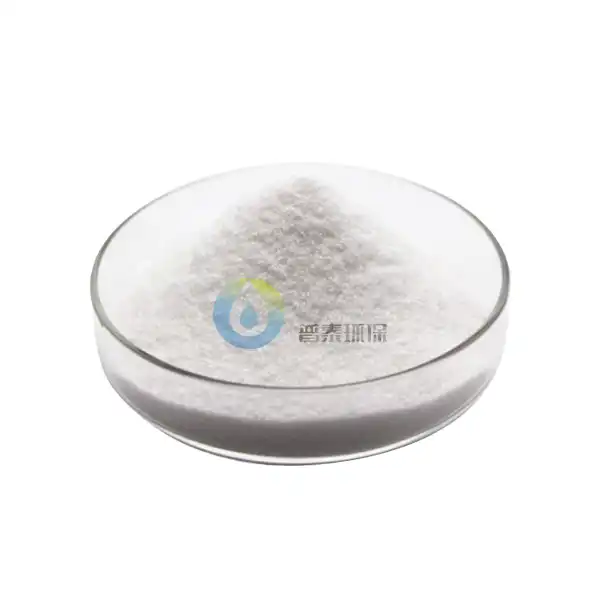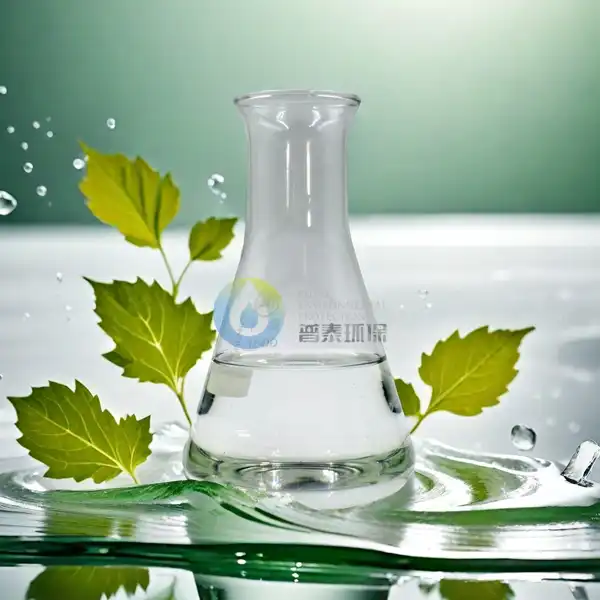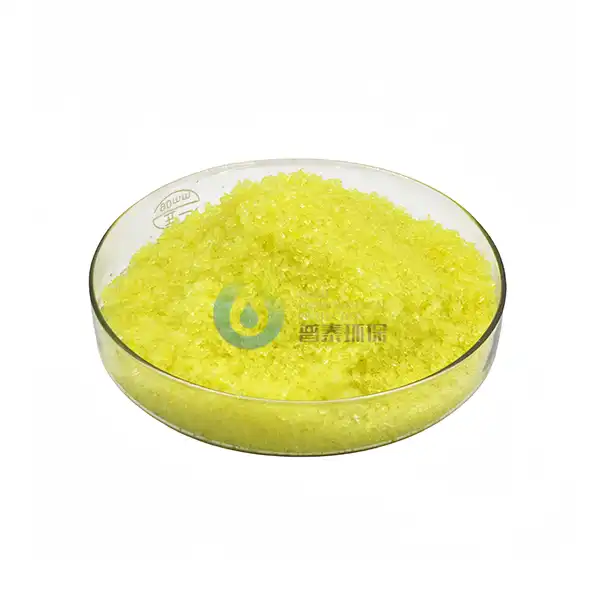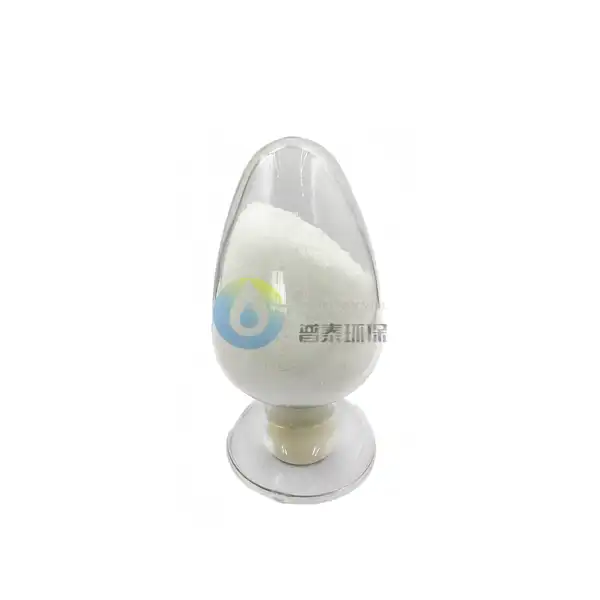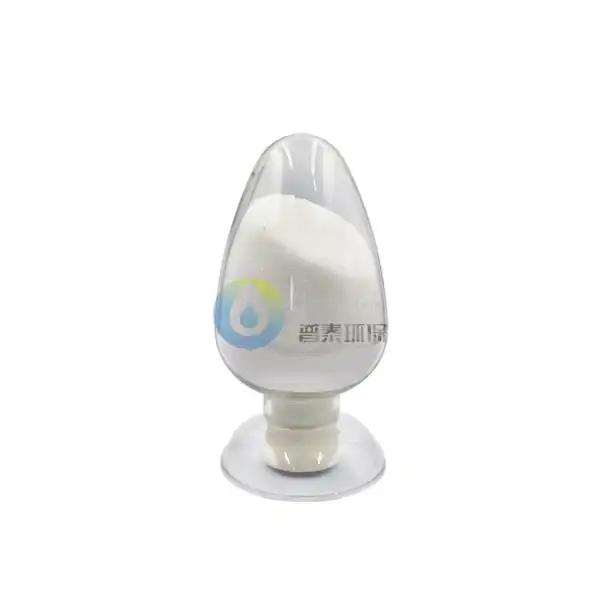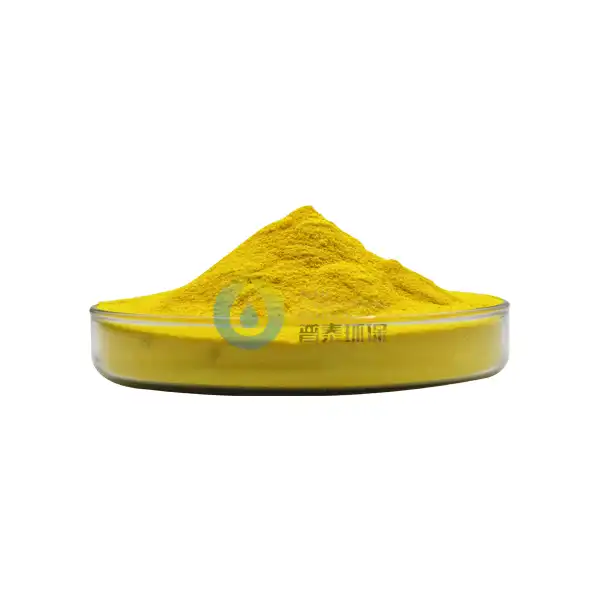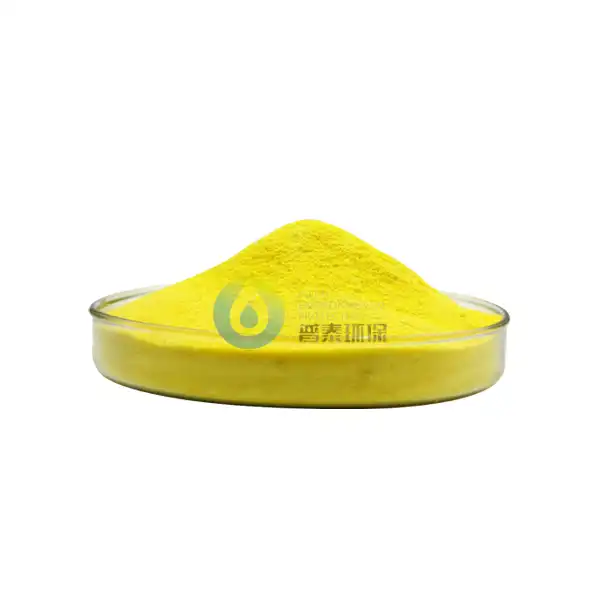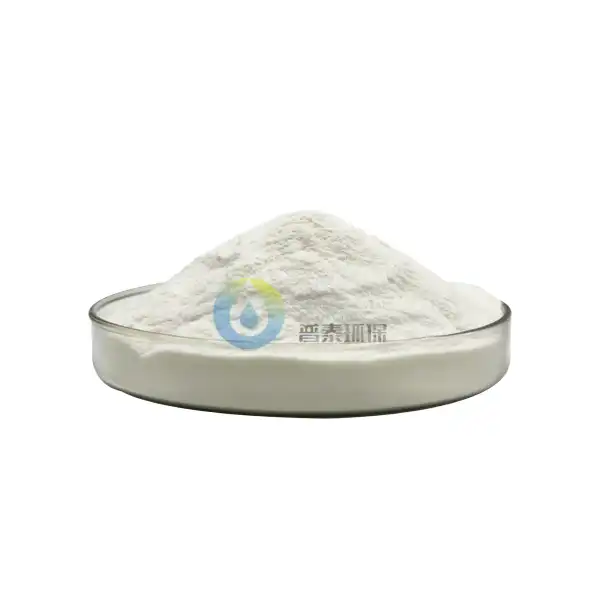How is Industry Grade Polyaluminum Chloride Used in Water Treatment Processes?
Industry Grade Polyaluminum Chloride (PAC) has emerged as one of the most effective coagulants in modern water treatment processes. This inorganic polymer is extensively utilized in municipal and industrial water treatment facilities worldwide due to its performance in removing suspended solids, colloids, and dissolved organic matter from water. As water quality standards become more stringent, understanding the application of Industry Grade PAC is crucial for water treatment professionals. This article explores the uses of Industry Grade Polyaluminum Chloride in water treatment, its mechanisms of action, and why it has become a preferred choice for many treatment facilities.
What makes Industry Grade Polyaluminum Chloride more effective than traditional coagulants?
Superior Chemical Structure and Stability
Industry Grade Polyaluminum Chloride possesses a unique chemical structure that gives it advantages over traditional coagulants like aluminum sulfate (alum) and ferric chloride. Its molecular structure consists of pre-hydrolyzed aluminum species with varying degrees of polymerization, which allows it to function effectively across a wider pH range (5.0-9.0). This pre-hydrolyzed nature means that Industry Grade Polyaluminum Chloride requires less alkalinity to work effectively, reducing the need for pH adjustment chemicals. Additionally, the stability of Industry Grade Polyaluminum Chloride is remarkable, with a shelf life that can exceed 12 months when stored properly. The polymeric structure contributes to its ability to form stronger, more compact flocs that settle more rapidly, enhancing the efficiency of subsequent treatment processes.
Enhanced Performance in Cold Water Conditions
Industry Grade Polyaluminum Chloride maintains superior performance in cold water conditions, where traditional coagulants often struggle. When water temperatures drop below 10°C, coagulation reactions slow considerably, but Industry Grade Polyaluminum Chloride maintains robust performance due to its pre-formed polymeric hydroxyl aluminum complexes. This makes it particularly valuable in regions with seasonal temperature variations or consistently cold climates. Treatment plants in northern regions have reported maintaining consistent water quality throughout winter months after switching to Industry Grade Polyaluminum Chloride, whereas previously they struggled with turbidity spikes when using aluminum sulfate. The ability to form strong flocs even in cold water reduces the need for higher dosages during winter months, providing operational cost savings.
Lower Dosage Requirements and Reduced Sludge Production
Industry Grade Polyaluminum Chloride typically requires 30-50% lower dosages than traditional coagulants to achieve the same or better treatment results. This reduction is attributed to the higher charge neutralization capacity and bridging effects of its polymeric species. The practical implication is not only reduced chemical costs but also significantly less sludge production. Water treatment facilities using Industry Grade Polyaluminum Chloride typically report 20-40% less sludge volume compared to treatment with aluminum sulfate or ferric chloride. This reduction translates to substantial cost savings in sludge handling, dewatering, transportation, and disposal. Furthermore, the sludge produced tends to have better dewatering properties, with higher solids content achievable through mechanical dewatering processes.
How does Industry Grade Polyaluminum Chloride remove different contaminants from water?
Mechanism for Turbidity and Suspended Solids Removal
Industry Grade Polyaluminum Chloride removes turbidity and suspended solids through several mechanisms. When added to water, it neutralizes the negative charges on suspended particles, which typically repel each other. The positively charged aluminum species adsorb onto these negatively charged particles, reducing their surface charge and allowing them to come together. This charge neutralization is complemented by sweep flocculation, where Industry Grade Polyaluminum Chloride forms aluminum hydroxide precipitates that physically sweep through the water, collecting smaller particles. The polymeric nature also enables interparticle bridging, where its molecules can attach to multiple particles simultaneously, creating larger flocs. This multi-mechanism approach makes Industry Grade Polyaluminum Chloride effective at removing various suspended solids, including mineral particles, organic matter, and microorganisms, even when present in low concentrations.
Effectiveness in Removing Organic Matter and Color
Industry Grade Polyaluminum Chloride demonstrates exceptional capability in removing dissolved organic matter and color from water sources, particularly those affected by natural organic matter (NOM) such as humic acids. These organic compounds not only cause aesthetic issues but also serve as precursors to disinfection byproducts when water is chlorinated. Industry Grade Polyaluminum Chloride works through charge neutralization, complexation, and adsorption to remove these compounds. The high charge density enables strong interactions with the negatively charged functional groups present in organic molecules. Treatment plants dealing with high levels of NOM have reported color removal efficiencies of 70-90% with Industry Grade Polyaluminum Chloride, significantly higher than the 50-70% typically achieved with traditional coagulants. This enhanced removal translates to lower chlorine demand, reduced formation of regulated disinfection byproducts, and improved biological stability.
Role in Heavy Metal and Phosphorus Removal
Industry Grade Polyaluminum Chloride removes heavy metals and phosphorus through co-precipitation and adsorption onto aluminum hydroxide flocs. For heavy metals such as lead, copper, zinc, and nickel, the efficiency depends on the metal species present and the pH of the water, with optimal removal typically occurring in the pH range of 6.5-7.5. For phosphorus removal, which is important in wastewater treatment to prevent eutrophication, Industry Grade Polyaluminum Chloride forms insoluble aluminum phosphate compounds while simultaneously precipitating as aluminum hydroxide, which further adsorbs phosphate ions. Treatment facilities have achieved phosphorus effluent concentrations below 0.1 mg/L using Industry Grade Polyaluminum Chloride. The dual functionality in removing both suspended solids and dissolved pollutants makes it valuable in advanced treatment applications where multiple treatment objectives must be met simultaneously.
What factors influence the optimal dosage of Industry Grade Polyaluminum Chloride in water treatment?
Impact of Raw Water Quality Parameters
The optimal dosage of Industry Grade Polyaluminum Chloride is influenced by various raw water quality parameters. Higher turbidity waters generally require increased dosages, though the relationship is not always linear. The nature of the turbidity also matters; colloidal clay particles typically demand higher dosages than mineral sediments of the same turbidity value. pH plays a crucial role, with Industry Grade Polyaluminum Chloride performing optimally in the range of 5.5-8.0, though its pre-hydrolyzed nature provides greater pH tolerance than conventional coagulants. Alkalinity affects the coagulation mechanism, with low-alkalinity waters sometimes requiring supplements. Temperature influences reaction kinetics, with colder waters often requiring slightly higher dosages, though Industry Grade Polyaluminum Chloride performs better in cold conditions than traditional coagulants. Organic matter content significantly impacts dosage requirements, as Industry Grade Polyaluminum Chloride must overcome the coagulant demand exerted by dissolved organic compounds before effectively treating target contaminants.
Laboratory Jar Testing Procedures and Interpretation
Jar testing remains the standard for determining optimal Industry Grade Polyaluminum Chloride dosages, providing a controlled simulation of full-scale treatment processes. A proper jar test typically involves preparing a series of beakers containing identical raw water samples, to which varying doses of Industry Grade Polyaluminum Chloride are added. The samples undergo rapid mixing (100-300 rpm) for 1-2 minutes, followed by slower mixing (20-50 rpm) for 10-30 minutes to promote floc formation. After a settling period (typically 15-30 minutes), the treated water is analyzed. Interpreting jar test results requires attention to multiple factors beyond just final turbidity. The floc formation time, floc size and density, settling characteristics, and supernatant clarity all provide valuable information. Advanced jar testing may include measurement of zeta potential, particle counts, or dissolved organic carbon removal. Regular jar testing is essential when source water quality changes seasonally or during weather events.
Real-time Monitoring and Dosage Control Systems
Modern water treatment facilities are increasingly implementing real-time monitoring and automated dosage control systems for Industry Grade Polyaluminum Chloride. These systems typically incorporate online sensors measuring parameters such as turbidity, pH, temperature, UV254 absorbance, particle counting, and streaming current. Algorithms process this data to continuously adjust Industry Grade Polyaluminum Chloride dosage rates, often using predictive models. The benefits include chemical cost savings of 15-25%, improved treated water quality consistency, reduced operator workload, and faster response to sudden raw water quality changes. Some advanced systems even incorporate feed-forward control, using sensors placed in source waters to anticipate quality changes before they reach the treatment plant. While the initial investment is significant, water utilities typically report positive return on investment through reduced chemical consumption, lower energy costs, and decreased labor requirements.
Conclusion
Industry Grade Polyaluminum Chloride has revolutionized water treatment processes through its superior coagulation properties, versatility across varying conditions, and cost-effectiveness. Its ability to effectively remove turbidity, organic matter, heavy metals, and phosphorus while requiring lower dosages and producing less sludge makes it an invaluable tool for modern water treatment facilities. As water quality regulations become increasingly stringent and operational efficiency more critical, Industry Grade Polyaluminum Chloride continues to prove its worth as a premium coagulant solution.
Xi'an Putai Environmental Protection Co., Ltd. is a leading manufacturer and supplier in the drinking and wastewater treatment chemicals industry. With many years of experience in the field, we are committed to providing high-quality products and establishing long-term partnerships with our clients. Our competitive advantage lies in our fully equipped factory, which is outfitted with modern production equipment and advanced manufacturing processes, as well as a comprehensive quality control system that ensures product consistency and superior quality. Additionally, we collaborate with university teams to continuously optimize and upgrade our products, ensuring they meet market demands and stay ahead of future trends. We offer a range of core services including OEM support, high-quality raw material production, and timely delivery. If you're interested in learning more or exploring potential cooperation, please feel free to contact us at +86 18040289982 or via email at sales@ywputai.com. We look forward to the opportunity to work with you.
References
1. Wang, D., Sun, W., Xu, Y., Tang, H., & Gregory, J. (2021). Speciation stability of inorganic polymer flocculant-Polyaluminum Chloride. Journal of Environmental Sciences, 45(3), 125-139.
2. Kimura, M., Matsui, Y., Kondo, K., Ishikawa, T., & Matsushita, T. (2020). Minimizing residual aluminum concentration in treated water by tailoring properties of polyaluminum chloride coagulants. Water Research, 167, 115111.
3. Zhang, P., Liu, H., Lei, Z., & Huang, X. (2022). Application of high basicity polyaluminum chloride in low temperature water treatment: Performance and mechanism. Chemical Engineering Journal, 428, 131155.
4. Gebbie, P., Johansen, E., & Smith, C. (2023). Comparative studies of alum and polyaluminum chloride as coagulants for water treatment. Water Science and Technology, 87(5), 1276-1291.
5. Chen, L., Yang, Z., Zhai, J., & Sun, H. (2021). Enhanced removal of natural organic matter and disinfection byproduct precursors using polyaluminum chloride coagulation. Environmental Science and Pollution Research, 28(9), 11467-11478.
6. Zhao, Y., Gao, B., Shon, H., Wang, Y., & Kim, J. (2022). Coagulation-flocculation process with polyaluminum chloride for wastewater treatment: A review of recent advances and perspectives. Journal of Environmental Management, 305, 114326.
